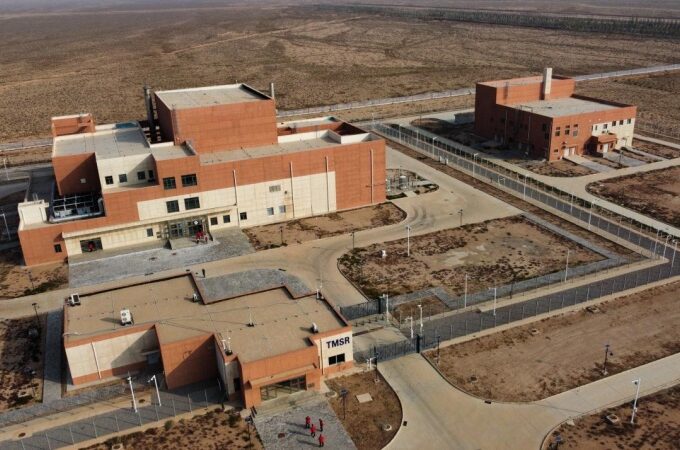On November 16, Ukrainian President Volodymyr Zelenskyy visited Greece, held talks with Greek Prime Minister Kyriakos Mitsotakis, and jointly announced the signing of a winter gas supply agreement. According to multiple media reports, energy companies including Greece’s DEPA Commerce and Ukraine’s Naftogaz will collaborate through existing regional gas transmission networks to provide Ukraine with critical winter fuel supplies.
This visit is seen as a significant diplomatic move by Ukraine to strengthen strategic energy ties ahead of winter. Zelenskyy emphasized that the war has damaged Ukraine’s natural gas production capacity, making it essential to rely on new import sources to meet peak winter demand.

US LNG to Ukraine via Greece
According to public information, the core of the agreement reached between the two parties is that liquefied natural gas (LNG) supplied by the United States will be received via Greece and transported to Ukraine through the “Vertical Corridor.” This corridor, comprising the gas transmission systems of Greece, Bulgaria, Romania, Moldova, and Ukraine, represents a crucial infrastructure component of Europe’s recent energy diversification strategy.
This supply primarily covers the winter consumption period from December 2025 to March 2026, providing Ukraine with short-term yet critical energy support. Zelenskyy stated that Ukraine is raising approximately €2 billion to purchase imported natural gas, aiming to compensate for production capacity losses caused by the conflict. Funding sources include the Ukrainian government, European banking institutions (under EU guarantees), and financial support from the United States and Nordic countries. Greece emphasized that this cooperation further solidifies its position as a gas hub in Southeast Europe, enabling its LNG terminals and pipeline network to play a greater role in regional energy security.
Challenges for Europe’s Energy Security
This agreement holds significant importance not only for Ukraine but also carries symbolic weight for Europe’s broader energy restructuring efforts. For years, Europe has been committed to reducing its reliance on Russian natural gas, and the model of transporting U.S. LNG through Greece to Eastern Europe exemplifies a new direction in supply chains.
However, the agreement’s limitations are equally apparent. First, it constitutes a short-term supply arrangement rather than a long-term contract. Ukraine must still pursue a more sustainable and forward-looking energy supply framework. Second, the multi-country gas transit route requires high levels of coordination among participating nations, with its stability dependent on both political conditions and infrastructure readiness. Furthermore, the international price of U.S. LNG fluctuates with global market dynamics, leaving Ukraine facing persistent energy cost pressures amid its financial constraints.
Despite these challenges, the agreement demonstrates Ukraine’s pragmatic efforts to secure energy stability amid severe circumstances, while also reflecting Greece and European nations’ continued commitment to supporting Ukraine. As winter approaches, the agreement is expected to play a direct role in helping Ukraine stabilize its domestic energy supply.










